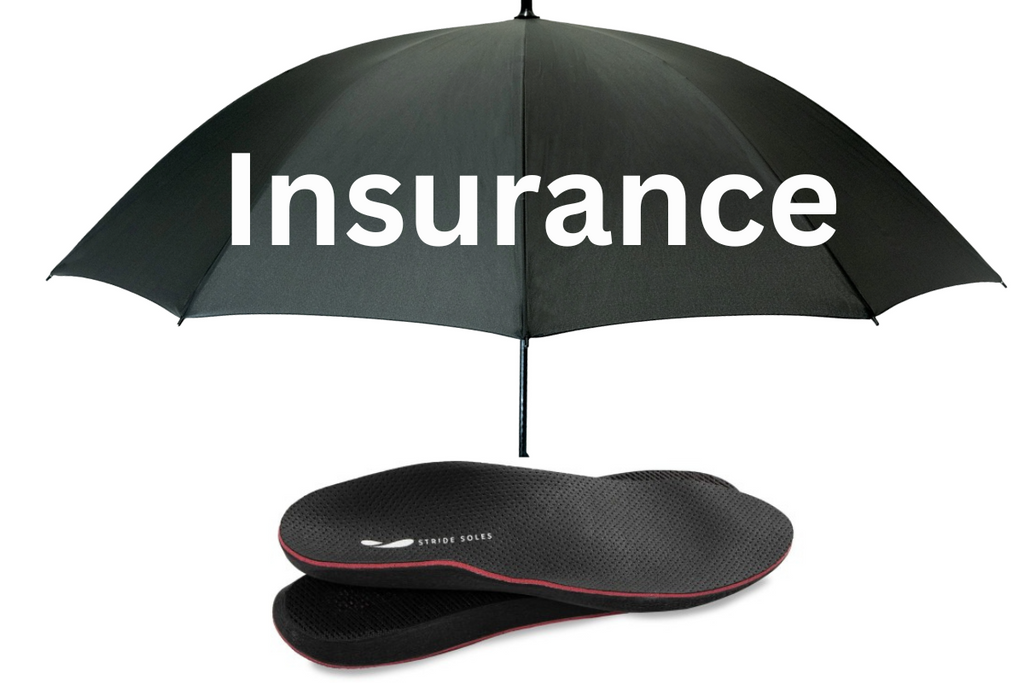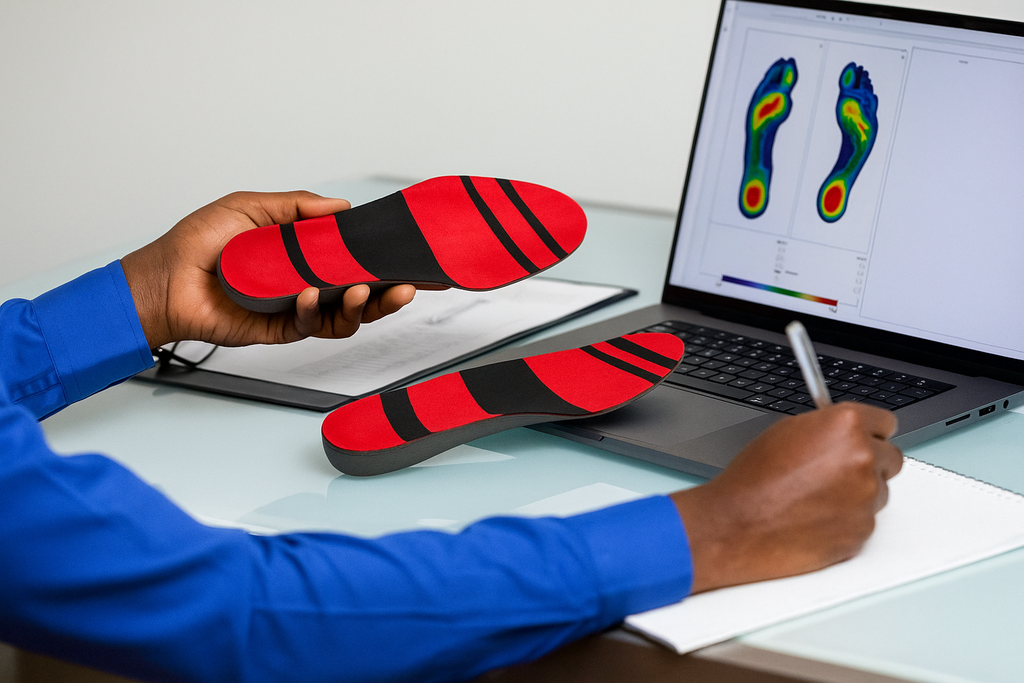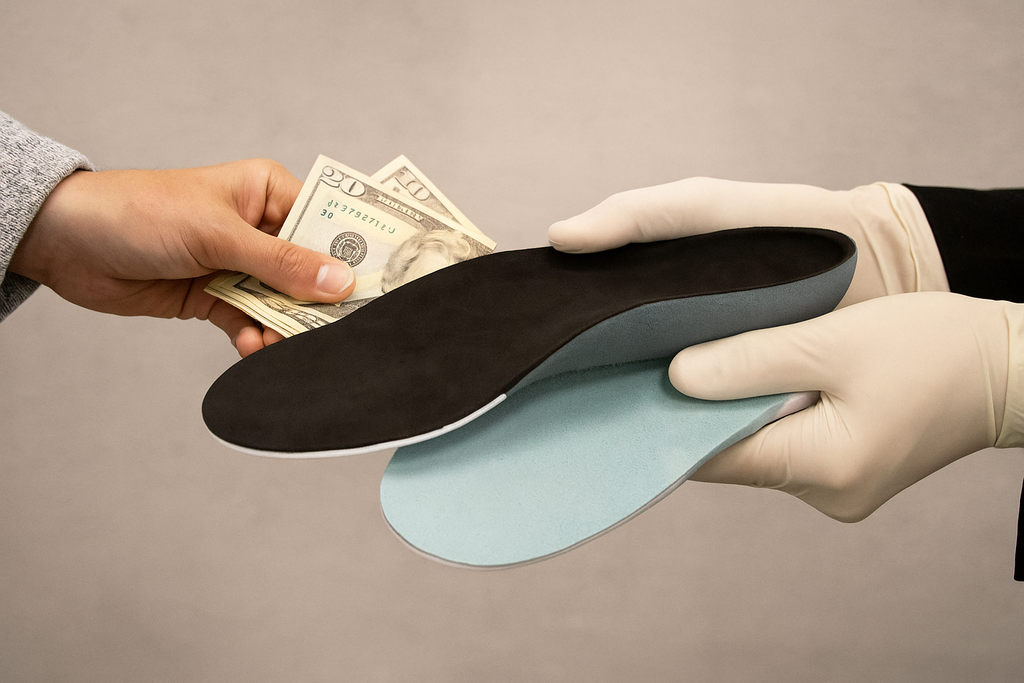Symptoms of Flat Feet
The most common symptoms of flat feet are foot pain, fatigue, swelling, back or knee pain, and uneven shoe wear.
While most people affected by flat feet experience mild symptoms, others can have trouble standing for long periods or find that their feet roll inward when walking.
Even the mild symptoms of flat feet might seem subtle at first, but in the long run, serious conditions can develop, leading to discomfort and posture problems. You may even require custom orthotics for flat feet.
Most Common Symptoms of Flat Feet
Achy Feet
You will feel a dull ache after walking or after standing for extended periods. This symptom is the most overlooked, as most people blame it on their busy day. However, if your foot pain occurs daily, flat feet could be the root cause. Despite the collapsed arch, the muscles and ligaments will try to maintain the foot structure. This overworking of the foot muscles only results in tightness, fatigue, and pain.
The areas where you will feel the most pain are listed here:
-
The foot arch (middle of the foot)
-
The heel.
-
Ankles or even calves.
Heel Pain
That sharp, stabbing pain in your heel or arch area is another flat feet symptom and you’ll feel it the most early in the morning or after sitting for a while. This type of pain is also a sign of plantar fasciitis, which is closely linked to flat feet.
The plantar fascia is a thick band of tissue, covering an area from your heels to toes. In case of flat feet, the absence of arch puts too much strain on the plantar fascia. This persistent pressure build up causes the tissue to become inflamed, making everyday walking painful.
It’s possible to feel:
-
Bruising under your feet.
-
Pain reduces slightly after walking a few minutes but returns later.
Swelling Along the Inside of the Foot
The collapsed arch due to flat feet keep pulling the ligaments and tendons that stabilize your foot. As a result, you’ll notice the area around the ankles, a little swollen. You may not even notice it until you compare both feet or press gently along the inner ankle.
Watch out For:
-
Puffy skin around the ankle area.
-
Tightness or strain around the inner ankle.
Radiating Pain
Flat feet can cause radiating pain that starts from your feet and can travel up the knees to lower back. The misalignment from flat feet affects the lower limbs, changing your posture and causing pain in the knees and lower back.
It’s a chain of events that start with overpronation (ankles roll inward). When that happens, your legs rotate unnaturally. Gradually, the knees and hips become affected by the strain from the unatural leg rotation. If these issues are not addressed properly by a podiatrist, the body become misaligned, causing stress in all the wrong places.
Common complaints include:
-
Walking causes knee pain.
-
Sharp pain in the hip joint or lower back.
Feet Rolling Inward
Overpronation is another common symptom where the ankles roll inward due to a missing arch. As mentioned earlier, too much overpronation causes imbalance. Your ankles lean inward, creating a ripple effect that moves through the knees, up the legs and spine.
You may notice:
-
Discomforting pressure on the ankles while running.
-
Problems with your posture and gait.
Uneven Shoe Wear
While it’s not a direct symptom you can feel, people with flat feet have more wear on their innserside of the shoe sole. You can inspect any of your worn out shoe and look at the ball and heel area on the sole. If there is excessive wear, flat feet might be the culprit. shoes at various areas.
The weight shift toward the inside of your foot causes this excessive shoe wear.
Look for:
-
Inner heel area of the sole has more wear than the outer area.
-
You feel unbalanced or unstable while walking.
Now that you know the most common flat feet symptoms, it’s time to take action, especially if they’re causing pain or discomfort. Fortunately, managing flat feet is easy in most cases. Small lifestyle changes like the use of orthotics and daily stretches can help manage the pain.
However, if the symptoms persist, stop waiting and book an appointment with a podiatrist to know the root cause.
Frequently Asked Questions (FAQ)
Is there a way to confirm I have flat feet?
You can do a wet foot test at home. Just wet the bottom of your foot and step on a piece of paper lying flat on the ground. If the imprint shows the arch area, you likely have flat feet. However, only a podiatrist can confirm the diagnosis after they evaluate your gait and foot structure.
Can flat feet cause hip pain or back pain?
Flat feet change how your body moves and carries itself, from the ground up. The misalignment due to flat feet can also be the reason behind the discomfort in your hips and lower back.
What kind of shoes work best for flat feet?
Pick shoes with a firm midsole and arch support. Shoes with orthotics are another feasible option to consider.
Are all flat feet painful?
Some people might have flat feet their entire lives with no symptoms. Whereas, others experience painful symptoms.
Are flat feet good or bad?
Anyone with flat feet has either a partial or a complete foot arch collapse. As a result, the risk of muscle strain and increases exponentially.
Do I need surgery to cure my flat feet symptoms?
Surgery is rarely the first step. Most people see improvement with supportive footwear, stretching, orthotics, or physical therapy. Surgery is considered only in severe cases or structural problems.
Can I prevent flat feet symptoms from getting worse?
You can. Always wear proper footwear, avoid prolonged standing, and work on maintaining a healthy weight. Add foot stretching and strengthening exercises to your routine and you will see a massive difference.




